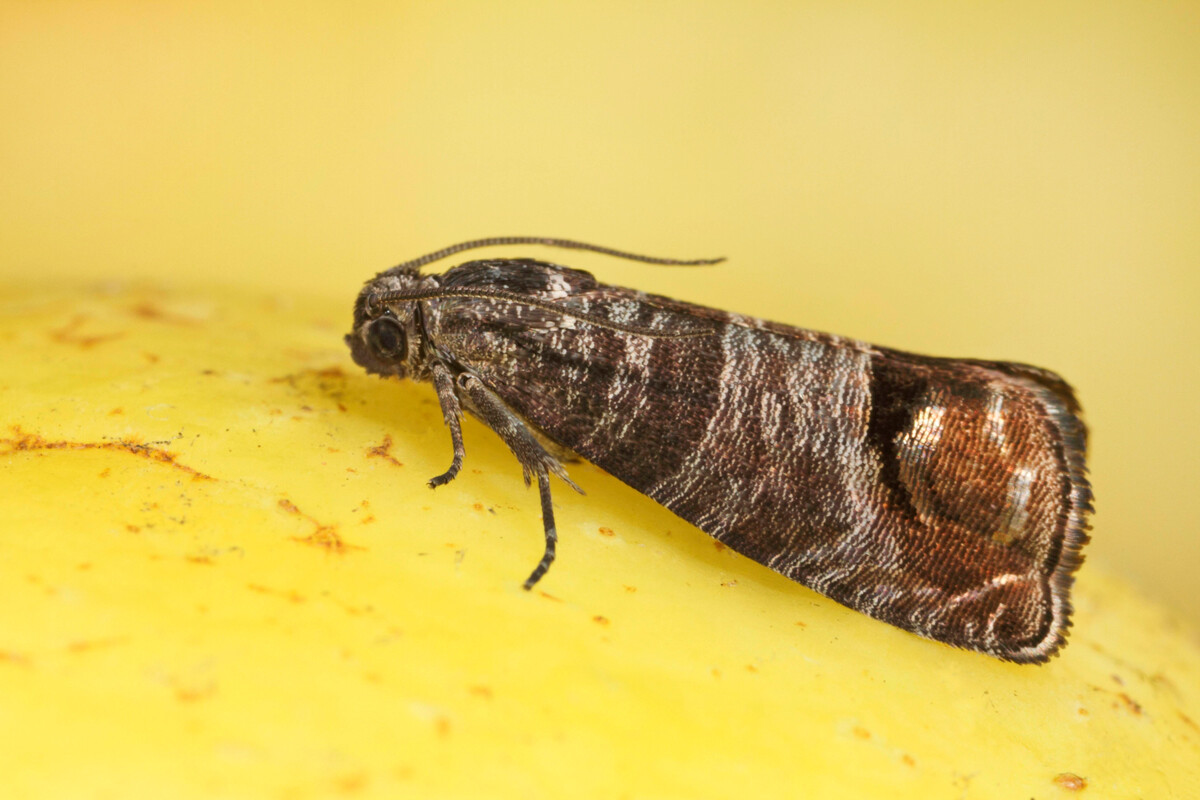

This tiny green insect feeds on the leaf juice of young plants, depleting them and transmitting viruses. The plants become infected and can even die, while the aphid rubs its little paws with joy.
Aphids live for a little over a month, but, during their lifespan, they not only eat your crop, but also lay hundreds of eggs. The large amount is to ensure future generations of the new insects will be guaranteed after its short life!
Therefore, dacha owners try hard to prevent its appearance on their plot. One of the radical means is the treatment of the land plot with special insecticides at the beginning of spring. A folk remedy is to spray plants with herbal cocktails, namely chamomile, garlic, onion (even their husk) and/or potato stems. Laundry soap is typically also added to the mix.
Aphids are also effectively repelled by the smell of lavender and mint, so you can simply plant them among your other plants. Ammonia spirit is also infrequently used for that purpose.

For dacha owners in central Russia, this is a new pest that appeared a few years ago from Europe. They especially like it when it is wet and warm so, luckily, in the cold regions of Russia, they still appear to be rare.
The big red slugs (Arion vulgaris) are known to have an insatiable appetite and reproduce faster than they crawl. They are, by the way, hermaphrodites, that is, they do not even need the opposite sex to populate the world with their own kind. They live for less than a year, from spring to fall, but one slug can lay up to 100 eggs at a time.
They eat cabbage, tomatoes, zucchini and, for dessert, they prefer the sweetest sorts of strawberries. They live not only in gardens, but even in the yards of apartment buildings, finding their food in the grass nearby.
These pests are typically fought with folk remedies. For example, they are lured into a jar with gasoline or a can of beer - as they cannot resist these smells. Some gardeners put saucers with beer in different places overnight and, in the morning, they gather the drunk slugs strewn all over the land plot.
Any salty solution or plain salt, meanwhile, will kill them immediately.

It is cute and fluffy only in appearance. In actual fact, this tiny mouse is a major pest of grain crops and a transmitter of dangerous diseases.
They are gotten rid of with the help of ultrasonic repellents, as well as strong odors. For instance, you can leave a cloth soaked in vinegar or ammonia spirit near the grain storage area.

Digging is its life goal. It is not very interested in plants, but rather hunts for worms and beetles. However, in the process, it gets so carried away that it destroys the root system of flowers and trees.
Most often, moles can be combated in a rather humane way – with repellents. Weathervanes or various rattles are typically installed, creating vibrations underground. Moles begin to feel uncomfortable and leave the site voluntarily.
In the south of Russia, a distant relative of the mole can still be found - the mole rat with huge teeth and strong paws.

Yet another dungeon lover loves to eat the roots of plants. It is particularly into the bulbs of flowers and vegetables, where it chews out the most delicious parts.
You can fight it by setting up a trap. Pour a little beer or honey into an ordinary 1-liter jar or bottle – mole crickets just adore these smells and will crawl in by themselves. And once inside, they become trapped and die.

This brightly colored striped beetle just loves potato leaves and other nightshade crops. Scientists call it the ‘potato leaf beetle’, but it is widely known as the ‘Colorado potato beetle’. This is because, back in the middle of the 19th century, these pests ate up whole fields of potato in the American state of Colorado. The beetle reached the European borders of the USSR in the late 1940s and, in the early 2000s, it was discovered even in the Russian Far East.
As a rule, dacha owners collect the beetles manually from each potato bush in a tin can with kerosene. The problem is that these beetles quickly develop immunity to chemical sprays and simply continue to eat the harvest.
At the same time, these beetles do not like strong odors, so mint, dill, coriander, among other plants, are often planted near potato patches.

For the fruit-eating caterpillar to turn into a butterfly, it needs to eat a lot. Its gastronomic cravings are apples, pears, plums and other tasty fruit.
“Wormy” apples are often the result of its work. So, if you see butterflies circling over your apple trees, this means that the trees are already infected.
Even if special chemicals are used, the garden should be treated with them from 2 to 4 times a season. In addition, it is necessary to constantly remove fallen fruit, in which there may be caterpillars; remove dry branches, as well as whiten the bark. Fruit moths do not like the smell of wormwood either, so it makes sense to plant it next to apple trees.
Dear readers,
Our website and social media accounts are under threat of being restricted or banned, due to the current circumstances. So, to keep up with our latest content, simply do the following:
Subscribe to our Telegram channels: Russia Beyond and The Russian Kitchen
Subscribe to our weekly email newsletter
Enable push notifications on our website
Install a VPN service on your computer and/or phone to have access to our website, even if it is blocked in your country
If using any of Russia Beyond's content, partly or in full, always provide an active hyperlink to the original material.
Subscribe
to our newsletter!
Get the week's best stories straight to your inbox